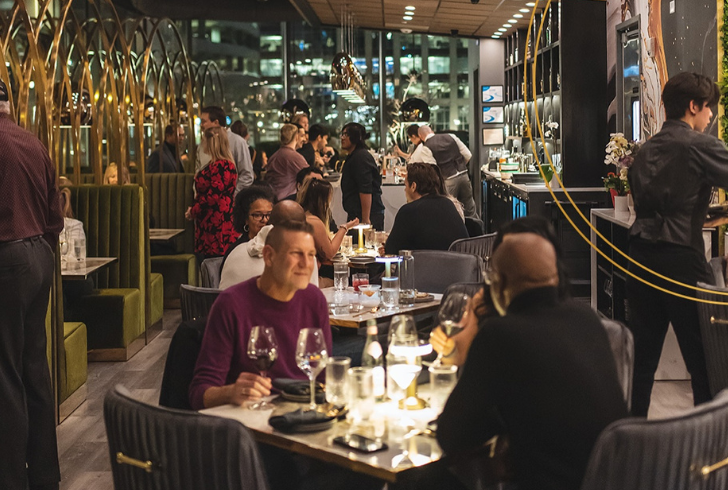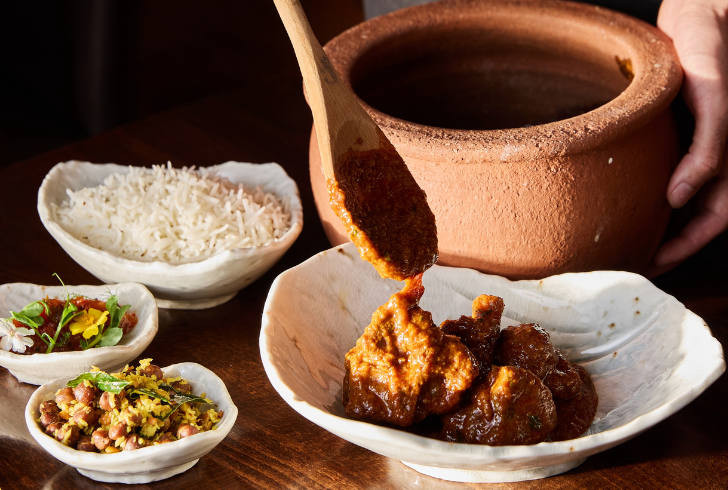If you’re gearing up for a Michelin restaurant date, you might feel a mix of excitement and nerves. Experiencing a Michelin star restaurant can seem daunting, but it’s a journey worth taking. Whether you’re a food enthusiast or someone curious about fine dining, this guide will help demystify the Michelin star experience and make your visit memorable.
What Is a Michelin Star?
Understanding the Michelin Guide
The Michelin Guide, which has its roots in the early 1900s as a travel guide for French motorists, has evolved significantly. Initially, it helped travelers find good places to eat on long road trips. By the 1960s and 1970s, it began to gain fame for its culinary reviews. Today, receiving a Michelin star is a prestigious honor that reflects exceptional dining experiences.
Different Levels of Michelin Stars
Restaurants can earn one, two, or three Michelin stars, each representing a different level of excellence:
- One Star – A very good restaurant in its category.
- Two Stars – Excellent cooking, worth a detour.
- Three Stars – Exceptional cuisine, worth a special journey.
These distinctions are based on factors like the quality of ingredients, cooking techniques, and overall value. While the exact criteria are kept secret, these levels provide a clear indication of the dining experience.
Locations of Michelin Star Restaurants
Where Can You Find Michelin Star Restaurants?

Michelin stars are awarded in specific regions, and not all areas are covered by the Guide. Currently, Michelin stars are present in 23 countries across four continents. In the United States, notable cities include Chicago, New York, Boston, California, Florida, and Washington D.C. This selective coverage means that while some top-notch restaurants might not have Michelin stars, they can still offer outstanding dining experiences.
International Presence
In Latin America, for instance, only Brazil is included in the Michelin Guide. This means some world-renowned restaurants in other countries might not have Michelin stars but are still highly regarded.
Elements of a Michelin Star Meal
Tasting Menu vs. À La Carte
A hallmark of Michelin dining is the tasting menu, which typically includes 5-12 courses. This curated experience allows chefs to showcase their culinary skills and seasonal ingredients. Portion sizes are usually modest, ensuring that diners enjoy a full meal without feeling overwhelmed.
- Tasting Menu – Includes a series of carefully selected dishes, often including starters, entrees, and desserts.
- À La Carte Options – Some restaurants offer the option to order individual dishes, including their signature creations.
Extras and Enhancements
Michelin dining often includes additional elements such as amuse-bouches and petit fours:
- Amuse-Bouche – Small, bite-sized appetizers that set the tone for the meal.
- Petit Fours – Tiny, sweet treats served at the end of the meal.
Wine and Drink Pairings
Many Michelin star restaurants offer wine pairings tailored to complement each course. These pairings can include wine, cocktails, beer, or non-alcoholic beverages, enhancing the flavors of the dishes.
Service Expectations at Michelin Star Restaurants
What to Expect
Service at Michelin star restaurants is known for its attentiveness and professionalism. Staff members are well-trained and often provide detailed descriptions of each dish. This personalized service adds to the overall dining experience, making each meal feel exceptional.
Additional Experiences
Some restaurants may offer unique experiences, such as tours of the kitchen or special presentations, adding an extra layer of enjoyment to your visit.
Preparing for Your Michelin Restaurant Date
Making Reservations
Reservations at Michelin star restaurants often need to be made well in advance. Depending on the restaurant’s popularity, this could be months ahead. Some establishments may require a deposit to secure your booking. If you’re looking for a last-minute spot, calling a few days before your desired date might help if there are any cancellations.
Duration and Cost

A Michelin star meal can be a lengthy affair, often lasting 2-4 hours. The cost varies widely, from relatively affordable options to high-end experiences. Checking the restaurant’s website or calling ahead can provide information on pricing and menu options.
Dietary Preferences and Dress Code
Accommodations
Michelin star restaurants are usually accommodating of dietary restrictions. It’s best to communicate any allergies or preferences during the reservation process to ensure your needs are met.
Dress Code
Dress codes can vary, but smart-casual or business attire is generally appropriate. Some restaurants might lean towards more formal attire, while others are more relaxed.
Tipping
In many Michelin star restaurants, a service charge is included in the bill. However, additional tips are appreciated for exceptional service.
A Michelin restaurant date promises a remarkable dining experience. By understanding what to expect and preparing accordingly, you can fully enjoy the unique culinary adventure. Whether it’s your first Michelin star experience or a repeat visit, these insights will help make your meal unforgettable.
Remember, the world of Michelin dining is designed to be both accessible and extraordinary. Enjoy the journey and savor each moment of your Michelin restaurant date.




